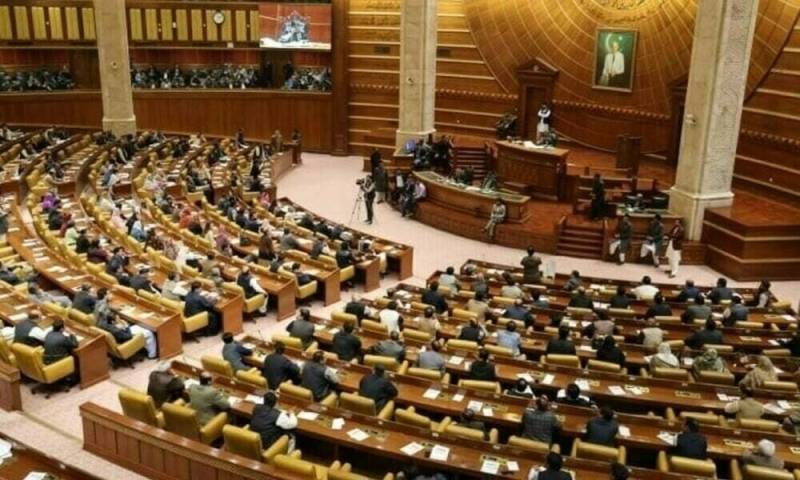To expand uptake of the Species Threat Abatement and Restoration (STAR) metric, IUCN has launched two new guidance documents for use by governments and civil society. These publications enrich IUCN’s body of guidance on species conservation action by providing targeted guidance for government and civil society audiences, thereby helping to advance Nature-Positive action globally.
The STAR metric is a scientific tool developed by IUCN that quantifies the potential conservation gain from threat abatement and habitat restoration actions by measuring their contributions to reducing species’ extinction risk. Built on the IUCN Red List of Threatened Species™, STAR enables governments, businesses, investors, and civil society to target conservation investments and measure their contributions to global biodiversity targets.
“STAR offers a common language for governments, Indigenous Peoples, and businesses. It allows us to understand where we can truly reduce species extinction risk by doing specific actions. In this event, we aim not only to share experiences, but also to open a dialogue about challenges and limitations, so that STAR can guide fairer and more effective decisions toward Goal A of the Global Biodiversity Framework,” said Randall Jiménez, IUCN Senior Conservation Scientist, emphasising STAR’s role in building bridges across sectors.
The first publication launched, titled “Using the STAR Metric to Achieve Biodiversity Goals: Guidance for Governments,” explains how governments can use STAR to set targets, plan policy, and direct conservation action. It is particularly relevant to ministries of environment, natural resource agencies, and cross-sectoral decision-makers in areas such as agriculture, infrastructure, and development planning.
The second publication, titled “Using the STAR Metric to Support Nature-Positive Outcomes: Guidance for Civil Society Organisations,” provides tailored guidance for NGOs, Indigenous Peoples’ associations, local community groups, and research or policy institutes. It shows how STAR can inform advocacy, funding, monitoring, and implementation of conservation and restoration projects.
“Applying the STAR metric in Indigenous Territories offers an opportunity to integrate Indigenous territorial governance as a key variable, recognizing the effective exercise of rights while strengthening biodiversity conservation. The conceptual framework formulated for its application is based on epistemological hybridity, understood as the articulation between scientific and Indigenous knowledge,” said a spokesperson for Project VOCES–IUCN. “It is not a question of merging or hierarchizing them, but rather of valuing their complementarity, thus opening up new spaces for understanding and collaboration that enrich environmental management.”
The publications were launched at the IUCN Congress at an event which featured case studies on STAR’s use across diverse contexts, including Indigenous territories in Mesoamerica, Costa Rica’s national biodiversity strategies, and private sector applications. Speakers came from diverse geographic and technical backgrounds and included: Arturo Arreola Muñoz, Instituto para el Desarrollo Sustentable en Mesoamérica; Yang Chien Chang, Delta Foundation; Aymeric Roussel, European Commission; Annika Gunilla Lundmark Nordin, Sustainability Executive, Stora Enso; Francesca Ridley, Research Associate, Newcastle University, UK; Tony Nello, Senior Programme Coordinator, IUCN; and Randall Jiménez, Senior Conservation Scientist, IUCN. Through interactive discussions, participants examined lessons learned, implementation challenges, and enabling conditions for scaling STAR in support of global biodiversity and climate goals.
The launch of this critical guidance comes on the back of the new IUCN RHINO approach (Rapid High-Integrity Nature-positive Outcomes), an innovative framework to accelerate measurable and urgent action for biodiversity. Built on the IUCN Red List of Threatened Species™ and STAR, RHINO provides organisations with clear, science-based pathways to identify where and how to act, and how to measure contributions to halting biodiversity loss.
Both guidance documents were developed with the support of Global Affairs Canada through the NAbSA (NAture-based Solutions for climate Adaptation: Monitoring & Impact Evaluation) project, coordinated by the IUCN Global Climate Change and Energy Transition Team.






